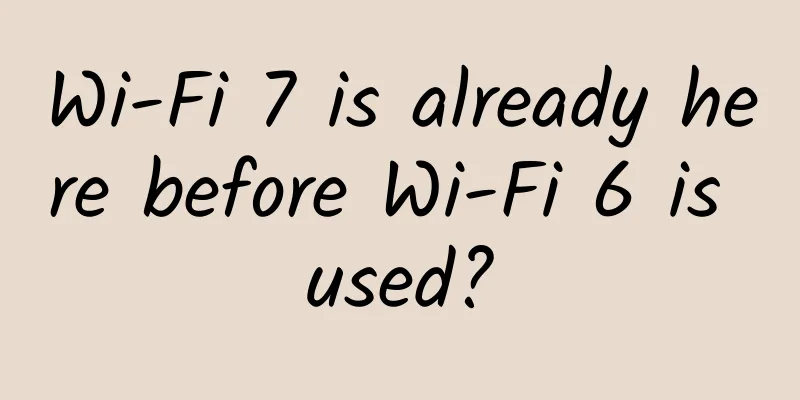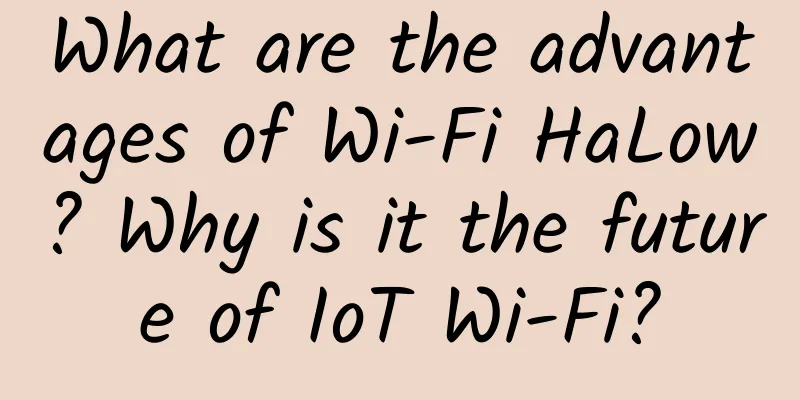How to decide if Wi-Fi 6 is right for you?

|
There’s a lot of hype surrounding the next Wi-Fi standard, 802.11ax, more commonly known as Wi-Fi 6. Typically, new technologies are built up by vendors as the “next big thing” and then fizzle out because they don’t live up to expectations. In the case of Wi-Fi 6, however, the frenzy is justified, as it’s the first Wi-Fi standard designed with the premise that Wi-Fi is the primary connection for devices rather than a convenience network. Wi-Fi 6 is a different kind of Wi-FiWi-Fi 6 adds many features, such as Orthogonal Frequency Division Multiple Access (OFDMA), 1024-QAM (Quadrature Amplitude Modulation) coding, and Target Wake Time (TWT), which make Wi-Fi faster and less congested. Many of these enhancements come from the LTE and 4G worlds, and these challenges were solved long ago. These new features will lead to better mobile experiences and longer client battery life, and will open the door to a wide range of applications that were not possible on Wi-Fi in the past. For example, architects can now use virtual reality (VR) to show houses over Wi-Fi. Wi-Fi 6 will not be ratified until 2019, but some commercial products are available now. All businesses should eventually deploy Wi-Fi 6, but many do not need to do so right away. 4 types of businesses should deploy Wi-Fi 6
3 steps to prepare for Wi-Fi 6
However, many IT professionals worry that they may be jumping the gun on Wi-Fi 6 because no phones or devices have the new chip built into them. However, it is better to put the right network in place before Wi-Fi 6 endpoints appear rather than react quickly when they do. In the meantime, Wi-Fi 5 and earlier endpoints will work fine. |
Recommend
DiyVM: US CN2/Hong Kong CN2/Japan Osaka VPS monthly payment starts from 50 yuan, Hong Kong server starts from 499 yuan/month
DiyVM is a Chinese hosting company founded in 200...
What is coming will come. Taiwan may shut down 3G this year.
According to Taiwanese media reports, Chunghwa Te...
Sharktech: $59/month-E3-1270V2/16G memory/500G SSD disk/1Gbps unlimited traffic/Los Angeles data center
After we shared Sharktech's special promotion...
How powerful is WiFi7? Three times faster than WiFi6, as fast as lightning
Now the latest wireless routers on the market bas...
Explore how Gateway API works in Service Mesh
A few days ago, Gateway API announced that it wou...
Confessions of a "colorful light": the road to change after entering 100,000 rooms
From 0 to 10W+ Ruijie Ethernet Color Light Every ...
ByteHosting: €3.99/month KVM-4GB/30GB/1TB/Frankfurt, Germany
ByteHosting is a foreign hosting company establis...
How to use the Shodan search engine to diagnose vulnerabilities?
The Shodan search engine allows users to find spe...
How IPv6 will gradually replace IPv4
Have you noticed that many apps now have a line o...
How can operators break the curse of the “scissors gap” between volume and revenue?
[[180644]] The "Economic Operation of the Co...
The co-chair of the IPv6 Working Group pointed out the root cause of the slow development of IPv6 in one sentence!
Today, the Internet world is slowly transitioning...
WiFi signal is strong but speed is slow? Here’s how to fix it!
The company's wireless WiFi signal is strong,...
If you are in the communications industry, you will be out if you don’t understand these nine 5G issues
China's 5G era has arrived as promised! The f...
Should I turn off Wi-Fi when I go to bed at night? I finally figured it out
When the word "radiation" is mentioned,...
Will the next 5G data package be an “unlimited data package”?
In the past two years, 4G unlimited data packages...
![[Black Friday] HawkHost virtual hosts up to 35% off, reseller hosts/cloud servers up to 30% off](/upload/images/67cac23f66265.webp)








